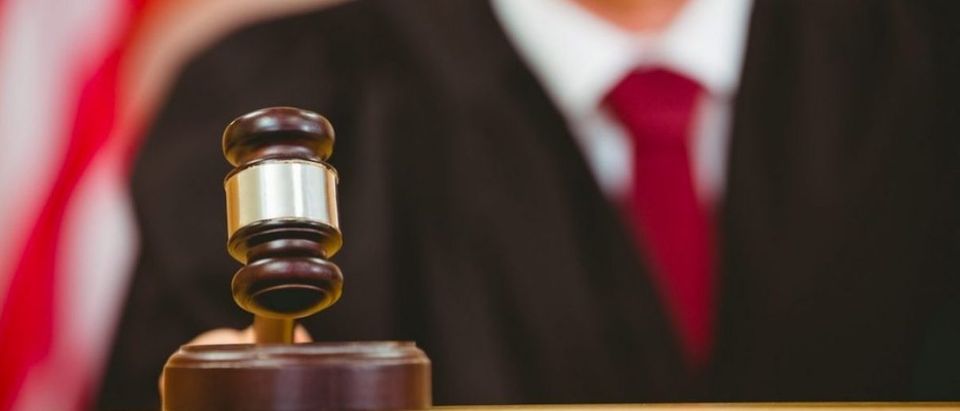Video evidence shown in slow motion compared to normal speed is more likely to elicit a guilty verdict from jurors, according to a new report.
The bias occurs even when knowing the actual amount of time elapsed “because slow motion video caused participants to feel like the actor had more time to act” and plan their actions, according to a study conducted by Proceedings of the National Academy of Sciences of the United States of America.
A lot of crimes and the potential sentencing are dependent on criminal intent (or ‘Mens Rea‘).
Jurors are all over the country are always instructed to not let “bias, sympathy, prejudice, or public opinion influence [their] decision,” according to the Judicial Conference of California. But often technical components can play a difference.
Videos, for example, are frequently used to help determine if the person in question deliberately committed the offense or if it was an accident.
“To determine the appropriate punishment for a harmful action, people must often make inferences about the transgressor’s intent,” the report’s abstract reads. The experiments included “real surveillance footage from a murder” as well as “replays of violent contact in professional football.”
Participants were shown a video of NFL linebacker James Harrison tackling an opposing player in such a way that a helmet-to-helmet collision ensued. While the act of tackling is obviously intentional, if Harrison meant to have his own helmet hit the other player’s was intentional is not obvious. The exact live broadcast footage of the plays were used, but all other artificial graphic or sound effects were removed.
Participants of the study also watched surveillance footage of a a fairly explicit incident outside of a convenience store, in which a victim was killed. Whether viewers considered it a manslaughter or a murder depended on if they were shown the normal speed, or the slowed down version.
The experiments show that providing viewers with both the regular speed and slow motion replay decreases the chances of bias, but does not rid of it.
“The present investigation cannot determine whether slow motion replay makes viewers more or less accurate in premeditation in these situations,” the authors explain. “But it does demonstrate that slow motion can systematically increase perceptions of premeditation itself.”
Conventional wisdom would say that digital records would equate to more fair court proceedings and justice in general.
“Slow motion can be a better version of reality, sometimes it’s very helpful for seeing how actions unfolded,” Eugene Caruso, the lead author of the study told BBC.
But the rate of frames per second can subconsciously alter people’s perceptions of potential criminality.
“In legal proceedings, these judgements of intent can mean the difference between life and death,” the authors conclude. “Thus, any benefits of video replay should be weighed against its potentially biasing effects.”
In other words, the report’s findings reveal that video evidence should be taken with with a grain of salt if the speed is changed.
Send tips to eric@dailycallernewsfoundation.org.
All content created by the Daily Caller News Foundation, an independent and nonpartisan newswire service, is available without charge to any legitimate news publisher that can provide a large audience. All republished articles must include our logo, our reporter’s byline and their DCNF affiliation. For any questions about our guidelines or partnering with us, please contact licensing@dailycallernewsfoundation.org.


